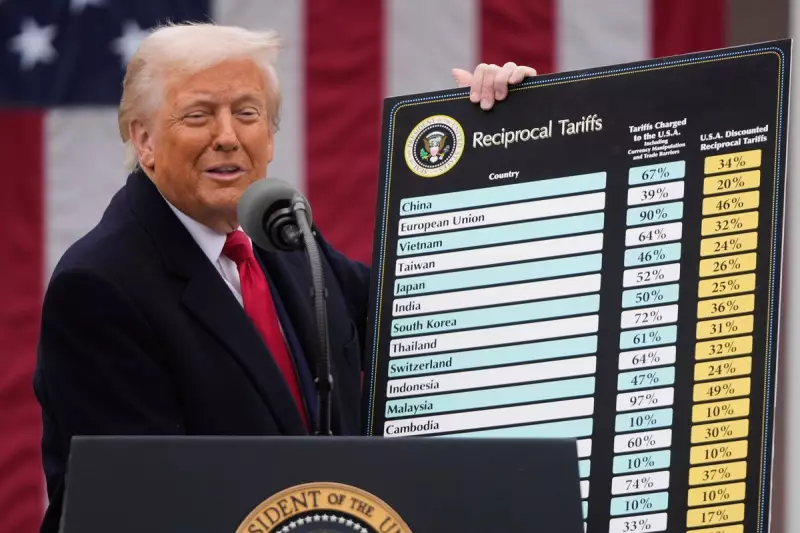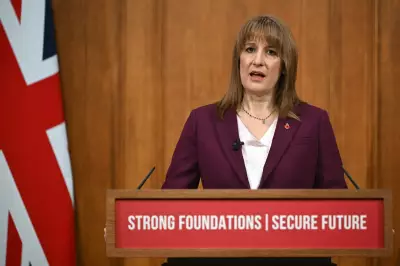
Former President Donald Trump has ignited both hope and controversy with a bold promise to deliver stimulus checks of at least $2,000 to most Americans, funded by revenue from his contentious tariff policies. The announcement, made via a fiery post on his Truth Social platform, comes as his administration battles the US Supreme Court over the very legality of those tariffs.
The $2,000 Promise and Its Legal Foundation
In his characteristic style, Trump branded opponents of his tariff strategy as "FOOLS" and declared that the scheme has transformed the United States into the "richest, most respected country in the world." He boasted of a record stock market, minimal inflation, and the highest-ever 401k values, claiming the government is "taking in Trillions of Dollars."
Central to this claim is a proposed "dividend" of at least $2,000 per person, excluding high-income earners. However, the path to these payments is blocked by a significant legal challenge. The Trump administration is currently embroiled in a contentious battle with the Supreme Court after lower courts ruled that the tariffs were unlawfully imposed.
The legal scrutiny focuses on Trump's use of the International Emergency Economic Powers Act from 1977, a law typically reserved for national emergencies, to justify levying tariffs—a power usually held by Congress. These tariffs have been applied to key allies, including the European Union, the United Kingdom, Japan, and South Korea, straining international relations.
Internal Divisions and Economic Realities
While the administration projects confidence, the reality on the ground tells a more complex story. The policy has funneled a substantial $195 billion into government coffers, representing a staggering 250 percent increase from the previous year. Yet, this has come at a cost to American businesses and consumers.
Protesters at "No King's Rallies" have been seen holding signs stating "tariffs are killing my business," highlighting the financial strain on importers who bear the direct cost. The increased levies have subsequently driven up prices for imported goods, contributing to ongoing cost-of-living pressures.
This economic friction has even caused a rift within Trump's own party. Congresswoman Marjorie Taylor Greene publicly broke with the former president on his inflation claims. "I go to the grocery store myself. Grocery prices remain high," Greene told CNN, adding that her energy bills in both Washington, D.C. and Georgia are higher than a year ago.
Uncertain Future for Trump's Stimulus Plan
The specifics of how the $2,000 payment would be distributed remain vague. Trump's Treasury Secretary, Scott Bessent This is not Trump's first foray into stimulus payments. During his first administration, he signed two rounds of stimulus checks into law: the first in March 2020 provided $1,200 per taxpayer and $500 per child, while a second round in December 2020 offered $600 for each. These were later dwarfed by President Joe Biden's stimulus, which provided $1,400 per individual and child. The stakes for the current proposal are immense. If the Supreme Court rules against Trump, the United States may be forced to refund tens of billions of dollars to allies and importers, completely derailing the promised stimulus programme and dealing a significant blow to a central plank of his economic agenda.





